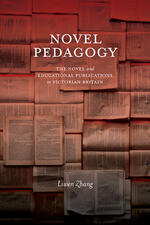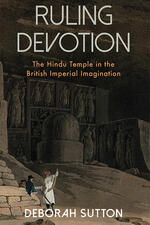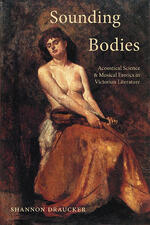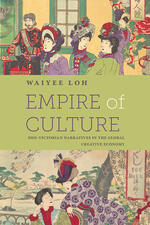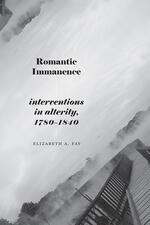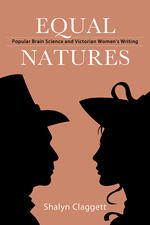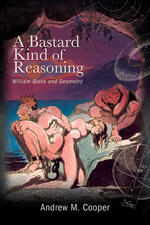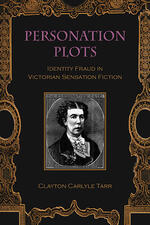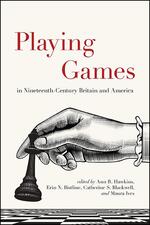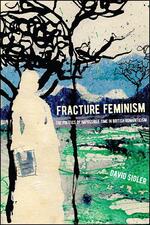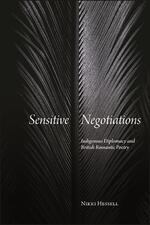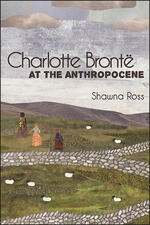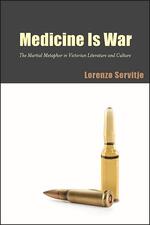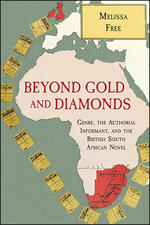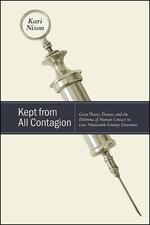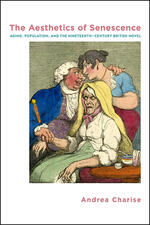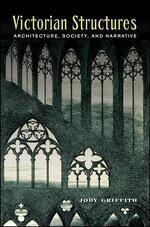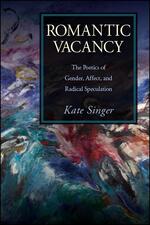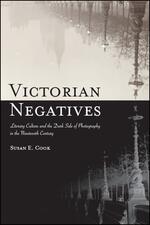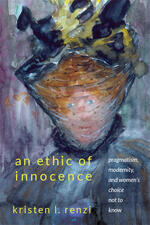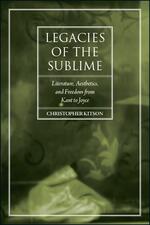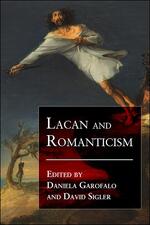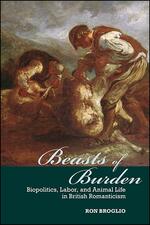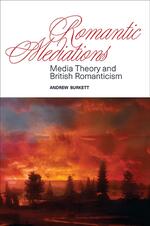SUNY series, Studies in the Long Nineteenth Century
Novel Pedagogy
Explores Victorian writers’ conception of the novel’s potential to become serious knowledge and differentiate itself from other educational genres.
Ruling Devotion
Combines historical, literary, art historical, and archaeological perspectives to explore the idea of the Hindu temple in the British colonial imagination.
Sounding Bodies
Shows how nineteenth-century discoveries in acoustical science shaped Victorian literary representations of gender, sexuality, and intimacy.
Empire of Culture
Shows how Britain's trans-imperial engagements in the long nineteenth century have come to shape global cultural commodity flows today.
Romantic Immanence
Offers a new, Spinozist framework for understanding encounters with otherness in Romantic literature as experiences of immanence.
Equal Natures
Explores how Victorian women writers used the popular science of phrenology to challenge socially constructed forms of power.
A Bastard Kind of Reasoning
Ranges widely and deeply across William Blake's oeuvre to show how his post-Newtonian vision of space-time anticipates Einsteinian relativity.
Personation Plots
Examines the fascination with identity fraud in sensation fiction and Victorian culture more broadly.
Playing Games in Nineteenth-Century Britain and America
Illuminates the ways games—from baseball cards to board games, charades to boxing, and croquet to strategies of war—were integral to nineteenth-century life and culture in the United States and Britain.
Fracture Feminism
Shows how feminist writing in British Romanticism developed alternatives to linear time.
Sensitive Negotiations
Examines how Indigenous figures used British Romantic poetry in their interactions with settler governments and publics.
Charlotte Brontë at the Anthropocene
Forges a fresh interpretation of Charlotte Brontë’s oeuvre as a response to ecological instability.
Medicine Is War
Examines how literature mediated a convergence of militarism and medicine in Victorian culture that continues into the present via a widespread martial metaphor.
Against the Despotism of Fact
First comprehensive account of the figure of the Irish Celt in modern British and Irish literature.
Beyond Gold and Diamonds
The first book to examine and establish characteristics of the British South African novel.
Kept from All Contagion
Highlights connections between authors rarely studied together by exposing their shared counternarratives to germ theory's implicit suggestion of protection in isolation.
The Aesthetics of Senescence
Investigates how nineteenth-century British literature grappled with a new understanding of aging as both an individual and collective experience.
Victorian Structures
Argues that the descriptions of buildings frequently encountered in Victorian novels offer more than evocative settings for characters and plot; instead, such descriptions signal these novels' self-reflexive consideration of the structure itself.
Romantic Vacancy
Examines the concept of a poetics of vacancy in Romantic-era literature.
Victorian Negatives
Argues that the photographic negative gives a new way of understanding Victorian debates surrounding origins and copies as well as reality and representation.
An Ethic of Innocence
Offers a feminist theory of ignorance that sheds light on the misunderstood or overlooked epistemic practices of women in literature.
Legacies of the Sublime
Pairs literary works with philosophical and theoretical texts to examine how the Kantian sublime influenced authors in their treatments of freedom and subjectivity through the late nineteenth and early twentieth centuries.
Lacan and Romanticism
Draws from the work of Jacques Lacan to provide innovative readings of Romantic literature in the long nineteenth century.
Beasts of Burden
Uses literature, art, and cultural texts from the British Romantic period to explore the age in which biological life and its abilities first became regulated by the rising nation.
Romantic Mediations
Investigates the ways in which new technologies and theories of photography, phonography, moving images, and digital media engage with a diverse set of texts by British Romantic writers.
